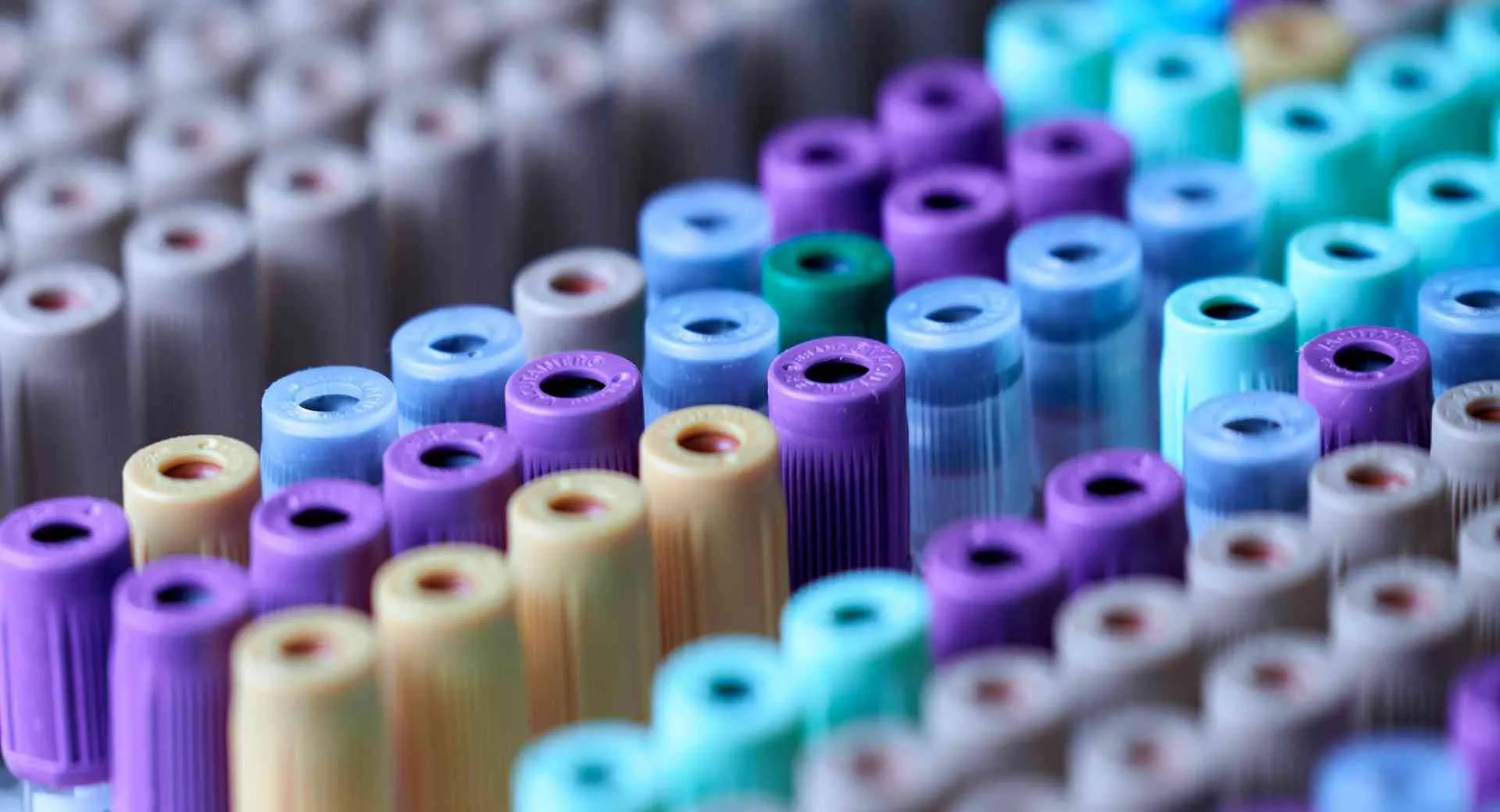Description
4-Arm PEG-SCM is a multiarmed PEG derivative with NHS ester at each terminal of the four arms connected to one pentaerythritol core. SCM stands for succinimidyl carboxyl methyl ester. SCM is one type of PEG-NHS ester reagents. There is a methylene (CH2) linkage between PEG and the NHS ester. SCM is very reactive toward amine and also hydrolyzes very fast in water. More details about comparing different NHS esters are at the FAQ webpage.
Properties
Molecular weight: 4-Arm PEG MW refers to the MW of the entire PEG molecule. The MW of each arm is 1/4 of the MW indicated in the product name. MW of PEG was measured by MALDI-MS or GPC. PDI (polydispersity index) of our 4-Arm PEG is 1.02-1.05 with very narrow MW distribution. The number of repeating ethylene oxide units (CH2CH2O) or the degree of polymerization is calculated dividing the PEG MW by 44 (44 is the molecular mass of one repeating unit).
Solubility: Soluble in water and aqueous buffer, chloroform, methylene chloride, DMF, DMSO, and less soluble in alcohol, toluene. Not soluble in ether.
Density: PEG density is approximately 1.125 g/mL.
Physical form: PEG products generally appear as white or off-white powder, and for very low MW 4-Arm PEG such as MW 2k, it may appear as wax-like, semi-solid material due to the low MW and the type of functional groups.
Storage condition: PEG product shall be stored in the original form as received in a freezer at -20C or lower for long term storage. Stock solution of PEG reagents that do not contain oxygen or moisture sensitive functional groups may be temporarily stored in a refrigerator or ambient temperature for multiple days. Stock solution should avoid repeated freeze-and-thaw cycles. See Documents section for detailed storage and handling conditions.
Q: What are the differences among your PEG NHS ester products?
A: We offer a variety of PEG acid and PEG NHS ester. These NHS esters react with primary and secondary amine to form a stable amide linkage. This reaction may be carried out in an organic solution with an organic base or may be carried out in an aqueous solution at or around neutral pH or slightly acidic or basic. To PEGylate proteins or nanoparticles, it often requires a large excess of PEG NHS esters due to the competitive hydrolysis reaction in an aqueous solution. Stability of NHS esters is compared by their hydrolysis half-life (T1/2). To mitigate the competitive hydrolysis reaction, organic solvents such as amine-free, anhydrous DMF and DMSO may be used in combination with an aqueous buffer solution.
| PEG NHS esters |
Structural characteristics |
Amine reactivity |
Stability |
| Type A: SCM |
Methylene (CH2) linkage between PEG and NHS ester |
Highly reactive |
Hydrolysis half-life: less than five minutes. It often requires the use of a large excess of PEG reagents. |
| Type B: SG |
C4 aliphatic ester linkage between PEG and NHS ester |
Very reactive |
Hydrolysis half-life: around 20 minutes. |
| Type C: SS |
C3 aliphatic ester linkage between PEG and NHS ester |
Very reactive |
Hydrolysis half-life: around 10 minutes. |
| Type D: GAS |
C4 aliphatic amide linkage between PEG and NHS ester |
Very reactive |
Hydrolysis half-life: around 20 minutes. |
| Type E: SAS |
C3 aliphatic amide linkage between PEG and NHS ester |
Very reactive |
Hydrolysis half-life: around 10 minutes. |
SCM: Succinimidyl Carboxyl Methyl ester; SG: Succinimidyl Glutarate ester; SS: Succinimidyl Succinate ester; GAS: GlutarAmide Succinimidyl ester; SAS: SuccinAmide Succinimidyl ester. Note: hydrolysis half-life depends on pH, temperature and other factors of the testing conditions.
References
1. Machado Roque, Ana Isabel. “Protein scaffolds for cell culture.” (2013). Text
2. Chondroitin sulfate coatings display low platelet but high endothelial cell adhesive properties favorable for vascular implants. Biomacromolecules 15.7 (2014): 2512-2520. Text.
3. Hyperbranched PEG-based multi-NHS polymer and bioconjugation with BSA, Polym. Chem., 2017,8, 1283-1287, Text.
4. Elastin-Based Rubber-Like Hydrogels, Biomacromolecules, 2016, 17 (7), pp 2409-2416, Text.
Click here to view an expanded list of hundreds of publications citing Creative PEGWorks products.


